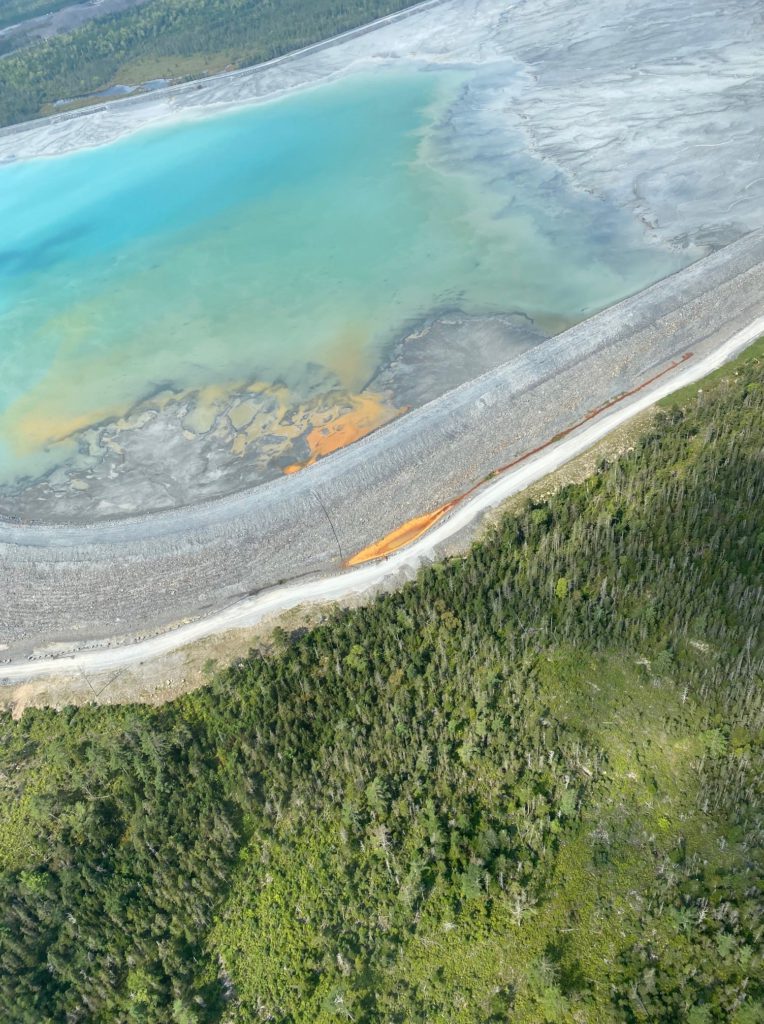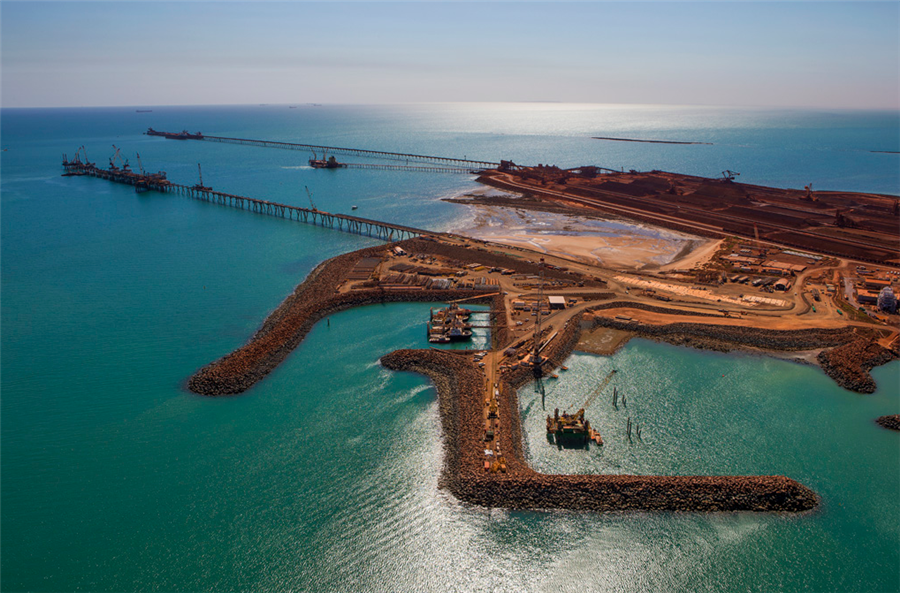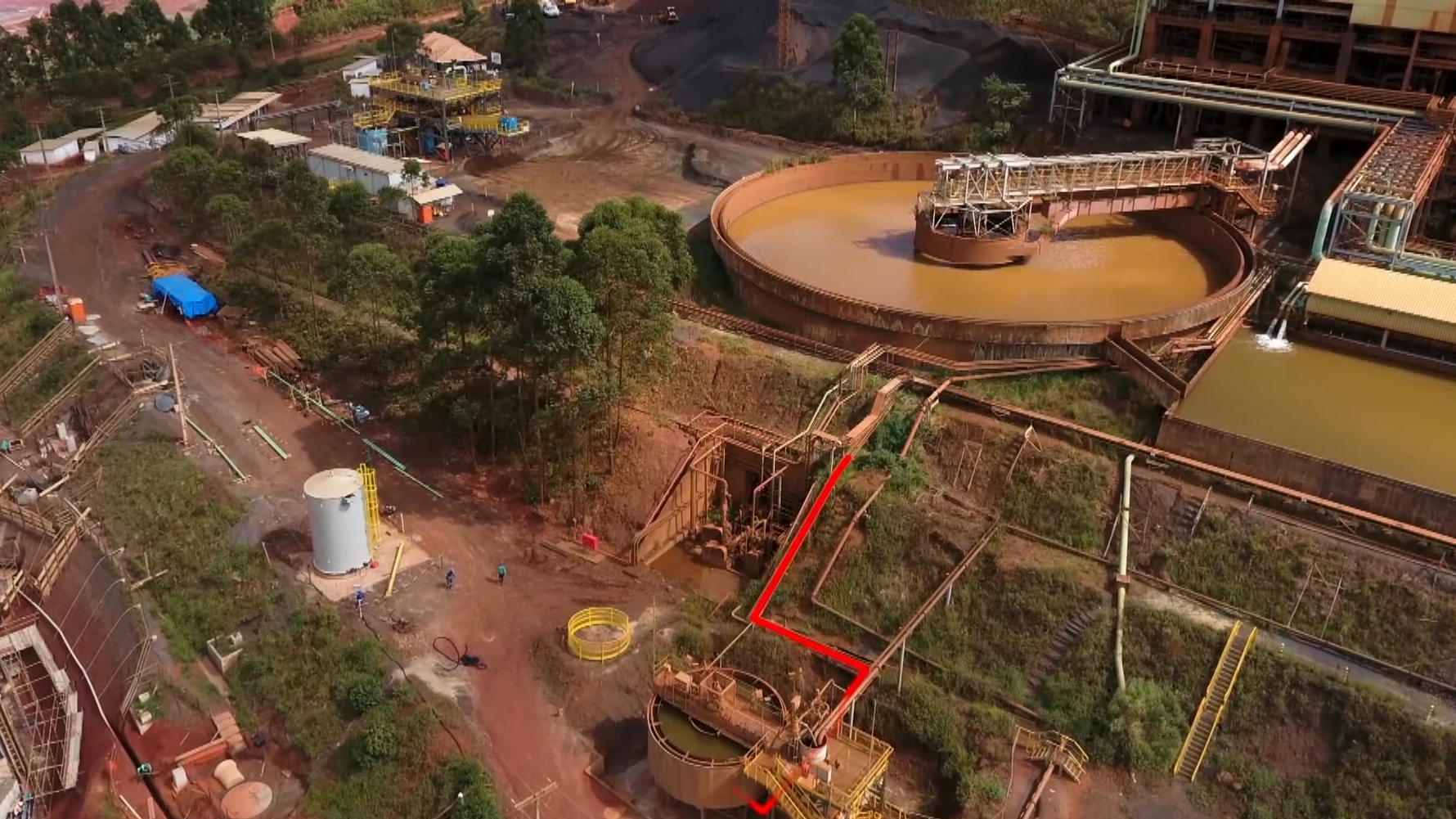Nova Scotia conducting tests after photos spark tailings leak debate at Atlantic Gold’s Moose River mine

The Canadian province of Nova Scotia’s Environment Department is conducting tests on samples collected around the tailings pond at Atlantic Gold’s Moose River gold mine following an alarm raised by environmental groups over what they believed was a leak at the facility, CBC News reported on Tuesday.
Photos posted on Saint Mary’s River Association’s facebook page show what appears to be a leak in the tailings wall.
Atlantic Gold, a subsidiary of Australia-based St Barbara Limited is facing environmental charges after being arraigned in February on 32 counts of violating Nova Scotia’s Environment Act, Canadian Press reported.
The charges filed in Nova Scotia provincial court accuse the company of “releasing substances into the environment in amount, concentration or level in excess of approval level or regulations” at its Moose River and 15 Mile Stream operations, between Feb. 2018 and May 2020, according to CP.
On Monday, the Halifax Examiner published comments from Nova Scotia Environment and Climate Change and Dr. Steven Emerman, an independent mining consultant and a retired former associate professor at Utah Valley University.
“Although I am open to other interpretations, my initial impression is that water from the tailings pond is leaking through the base of the tailings dam and is being pumped back into the tailings pond,” Emerman told the Halifax Examiner. “The orange coloration is worrisome to me. If the orange coloration is due to fine mud particles, then the seepage could be washing solid particles out of the tailings dam. This process is called internal erosion (or piping) and could cause a loss of structural integrity of the tailings dam and an eventual catastrophic failure of the dam,” he said.
Atlantic Gold told the CBC there was no leak, that the tailings pond is functioning as it should and is in compliance with regulatory requirements. CBC reported spokesperson Dustin O’Leary said in an emailed statement that the discoloured substance is naturally occurring in the surface water and is due to ground conditions in the area.
The company is working on plans to develop three other gold mines in Nova Scotia. Atlantic Gold’s Moose River complex comprises one producing open-pit (Touquoy) and three others in development (Beaver Dam, Fifteen Mile Stream and Cochrane Hill). Moose River is the province’s only operating gold mine, producing over 90,000 ounces of gold a year, according to Atlantic Gold’s website.
In 2018, the company said it spent over C$21 million on environmental efforts at Moose River, which included initial efforts that led to the clean-up of over 50,000 tonnes of contaminated residual material that were the remains from mining conducted in the 1800’s and early 1900’s.
More News
Rio Tinto posts lowest Q1 iron ore shipments since 2019, tempers forecast
April 15, 2025 | 03:55 pm
Trump orders tariff probe on all US critical mineral imports
April 15, 2025 | 03:16 pm
{{ commodity.name }}
{{ post.title }}
{{ post.date }}




Comments